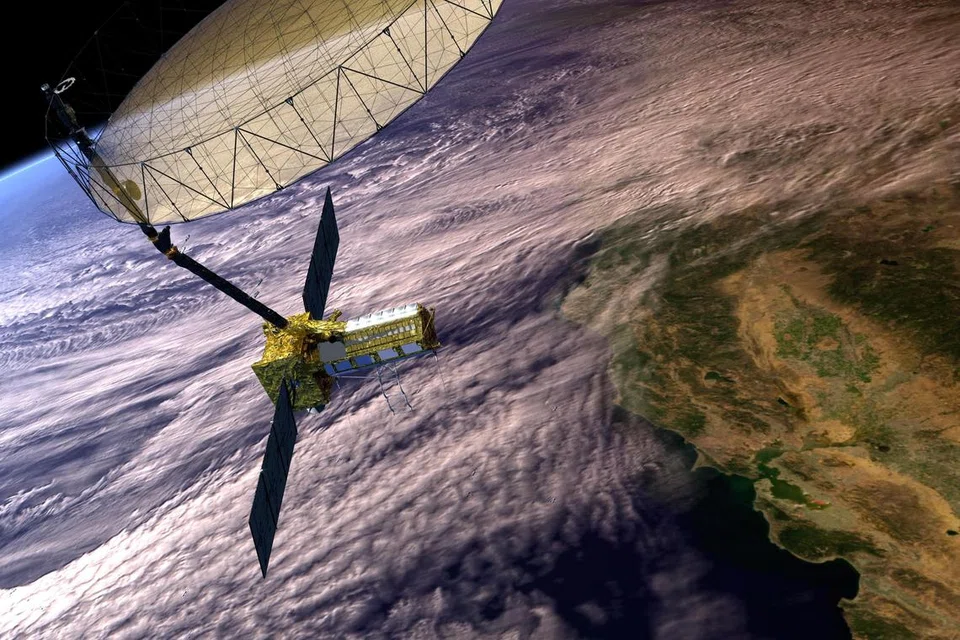The first joint satellite of the Indian and United States space agencies, The National Aeronautics and Space Administration (NASA) and the Indian Space Research Organisation (ISRO), is set to launch on July 30 at 8.10pm SGT from the Satish Dhawan Space Centre in Sriharikota, India.
The satellite, weighing 2,392 kilograms, will be launched onboard ISRO’s GSLV-F16 rocket and will place the satellite into a 743km sun-synchronous orbit, marking a significant milestone in international collaboration in space science, reported The Economic Times.
ISRO said that NISAR is the first satellite to observe the Earth with a dual frequency Synthetic Aperture Radar (SAR) – NASA’s L-band and ISRO’s S-band – both using NASA’s 12m unfurlable mesh reflector antenna, integrated to ISRO’s modified I3K satellite bus.
According to NASA, the satellite will provide high-resolution data enabling scientists to comprehensively monitor the planet’s land and ice surfaces like never before, building a detailed record of how they shift over time.
The US Space Agency said: “The information NISAR provides will help decision-makers, communities and scientists monitor agricultural fields, refine understanding of natural hazards such as landslides and earthquakes, and help teams prepare for and respond to disasters like hurricanes, floods and volcanic eruptions.”
ISRO added that the NISAR launch is the result of strong technical cooperation between ISRO and the NASA/Jet Propulsion Laboratory technical teams for more than a decade.
Multiple ISRO centres have contributed to NISAR, including the Space Applications Centre in Ahmedabad, which is providing the mission’s S-band SAR, and the U.R. Rao Satellite Centre, which is providing the spacecraft bus, reported the Hindustan Times.

